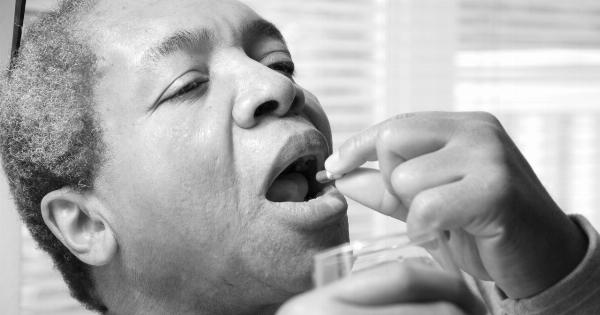While a placebo effect is usually understood as a positive and medically unimportant reaction to a sham treatment, recent studies have shown that it can also apply to doctor-patient communication.
The way doctors talk to their patients can have a significant impact on how well they respond to treatment and recover from illness. This article will explore the concept of doctor-patient communication as a placebo effect, including its potential benefits and limitations.
What is the placebo effect?
The placebo effect is a phenomenon in which a patient experiences a positive response to a treatment that has no active ingredients.
The classic example is a sugar pill that a patient believes is a real medication and thus experiences a reduction in symptoms. The placebo effect is not limited to pills, however, and can also occur with injections, surgeries, or even a doctor’s words and gestures.
The placebo effect is a complex interaction between the patient’s beliefs, expectations, and social context, as well as the patient’s body’s own healing mechanisms.
Doctor-patient communication and the placebo effect
Like a sugar pill, the way a doctor talks to a patient can have a placebo effect on how well they respond to treatment.
This effect is not just a matter of a doctor’s bedside manner, but also includes the tone of the conversation, the way the doctor frames the diagnosis and treatment options, and the level of empathy they demonstrate. A positive and supportive doctor-patient communication can activate the patient’s own healing mechanisms and lead to better outcomes.
One study conducted by researchers at the University of Turku in Finland found that the placebo effect of doctor-patient communication was especially strong in patients with chronic pain.
Patients who received supportive and optimistic messages from their doctors had significantly lower pain ratings and better quality of life compared to those who received neutral or negative messages. The researchers concluded that doctor-patient communication should be considered an important aspect of pain management.
Benefits of doctor-patient communication as a placebo effect
The benefits of doctor-patient communication as a placebo effect are numerous. One of the main advantages is that it can reduce the need for actual medications and interventions, which can sometimes have negative side effects or risks.
For example, a patient with mild depression may experience significant improvement with talk therapy and supportive communication from a doctor, without having to resort to antidepressant drugs that can have side effects or interactions with other medications. Similarly, a patient with chronic pain may benefit from cognitive-behavioral therapy and relaxation techniques, in combination with empathetic communication from a doctor, rather than relying solely on painkillers.
Another benefit of doctor-patient communication as a placebo effect is that it can enhance the patient’s sense of control and empowerment.
When a doctor communicates effectively with a patient, he or she is not just providing information about a diagnosis or treatment, but also creating a partnership between the patient and the healthcare provider. This partnership can help the patient feel respected, valued, and engaged in his or her own care, which can lead to greater compliance with treatment recommendations and better long-term outcomes.
Limitations and controversy of doctor-patient communication as a placebo effect
Despite the potential benefits of doctor-patient communication as a placebo effect, some experts argue that it may be overhyped or misunderstood.
For example, some critics argue that the placebo effect is not a real effect, but merely a statistical artifact or a misinterpretation of natural variation in symptoms. Others argue that the placebo effect is ethically problematic, because it involves deceiving patients or giving them false hope.
Still, others argue that the placebo effect is only effective for certain conditions or in combination with other treatments, and may not be a sufficient substitute for evidence-based medicine.
It is worth noting that doctor-patient communication as a placebo effect is not a magic bullet that can cure all ailments or replace rigorous scientific research.
Rather, it is one tool in the arsenal of healthcare providers to enhance the overall well-being of their patients. In most cases, doctor-patient communication should be seen as complementary to evidence-based medicine, rather than a substitute for it.
Conclusion
Doctor-patient communication as a placebo effect is an emerging field in medicine that holds promise for enhancing patient outcomes and reducing the burden of medical treatments.
By acknowledging the power of language, empathy, and human connection in healthcare, doctors can tap into the patient’s own healing mechanisms and foster a sense of partnership and empowerment with their patients. While more research is needed to fully understand the scope and limitations of doctor-patient communication as a placebo effect, it is clear that there is enormous potential for improving the quality of care and the patient experience.






























